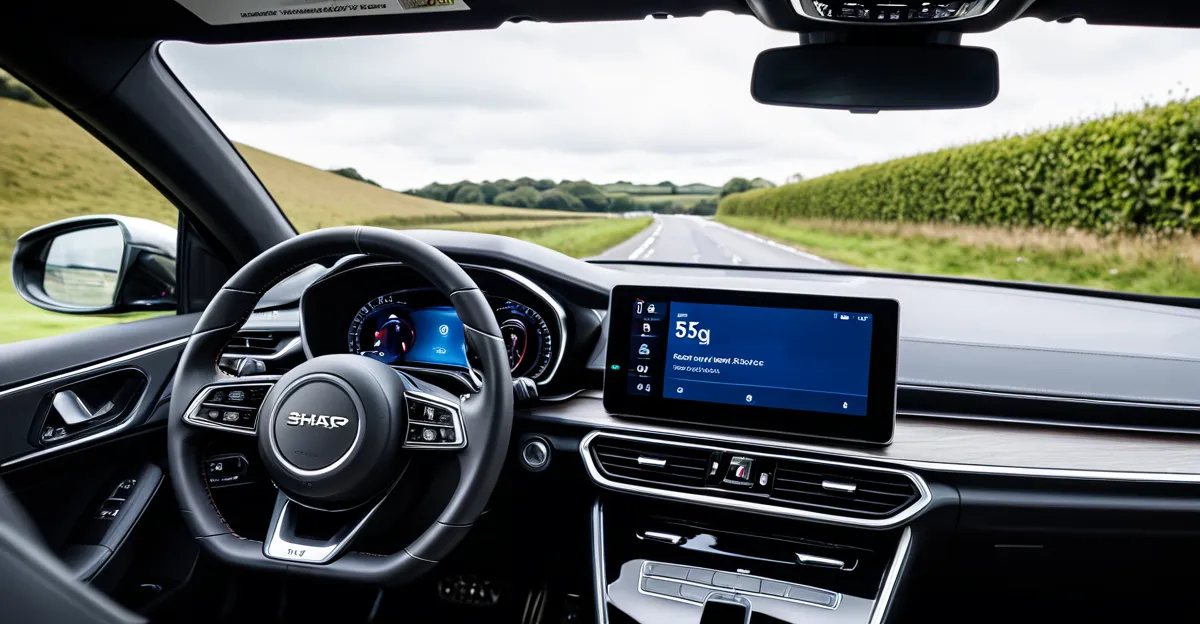Overview of 5G Technology and Its Relevance to Automotive Innovation
5G technology stands as a revolutionary advancement in wireless communication, offering ultra-fast data speeds, low latency, and massive device connectivity. These core features are pivotal for the rapid evolution within the UK automotive industry, driving a profound digital transformation. Unlike its predecessors, 5G supports real-time data exchange critical for modern vehicle systems and infrastructure.
In automotive applications, 5G enables enhancements such as instantaneous communication between vehicles and surroundings, high-definition in-car infotainment, and improved sensor capabilities. These advancements lend automotive designers and manufacturers the tools needed to innovate safer, smarter cars with autonomous features.
This might interest you : What impact does the UK’s automotive industry have on the national economy?
The UK automotive industry is strategically positioned to leverage 5G’s capabilities, aligning with national goals for modernization and sustainability. This technology facilitates not only vehicle innovation but also smarter traffic management and connected infrastructure, creating a holistic ecosystem where vehicles and the environment communicate seamlessly. The digital transformation propelled by 5G ultimately empowers the sector to meet future demands for efficiency, safety, and user experience in ways previously unattainable.
How 5G is Transforming Connected and Autonomous Vehicles
5G networks are the backbone enabling connected vehicles and autonomous cars to function with remarkable precision. By supporting ultra-reliable, low-latency communication, 5G technology allows vehicles to exchange data seamlessly in real time. This capability is critical for vehicle-to-everything (V2X) communications, where cars interact not only with each other but also with infrastructure, pedestrians, and cloud services.
Also to read : What is the role of technology in enhancing UK automotive manufacturing efficiency?
The enhanced connectivity of 5G networks facilitates instantaneous responses necessary for safe autonomous driving. For example, if a connected vehicle detects an obstacle ahead, it can alert nearby cars immediately, preventing collisions. This real-time data exchange also powers dynamic navigation systems that adapt to road conditions swiftly, optimizing routes and improving safety.
Vehicle-to-everything communications, enabled by 5G, are transforming the way vehicles operate in urban environments. These advanced networks support a digital ecosystem where vehicles communicate constantly with traffic signals, road sensors, and other smart infrastructure, ensuring smoother traffic flow and reducing accidents. The integration of 5G in connected and autonomous vehicles thus marks a pivotal step in the evolution of modern transportation.






